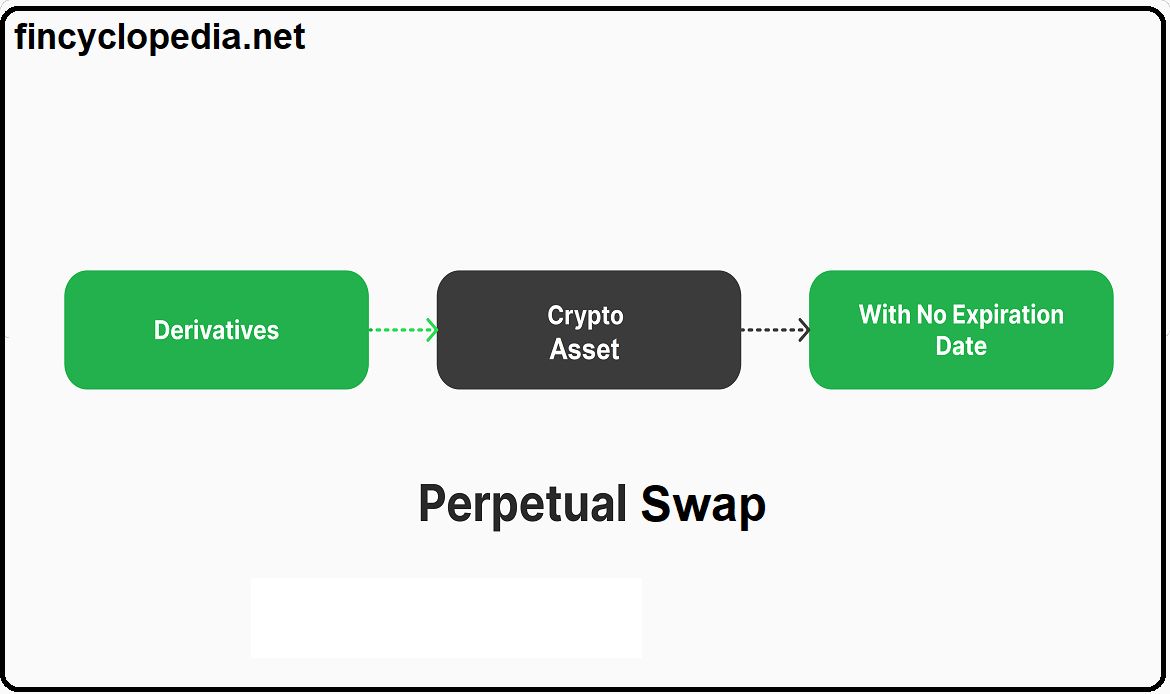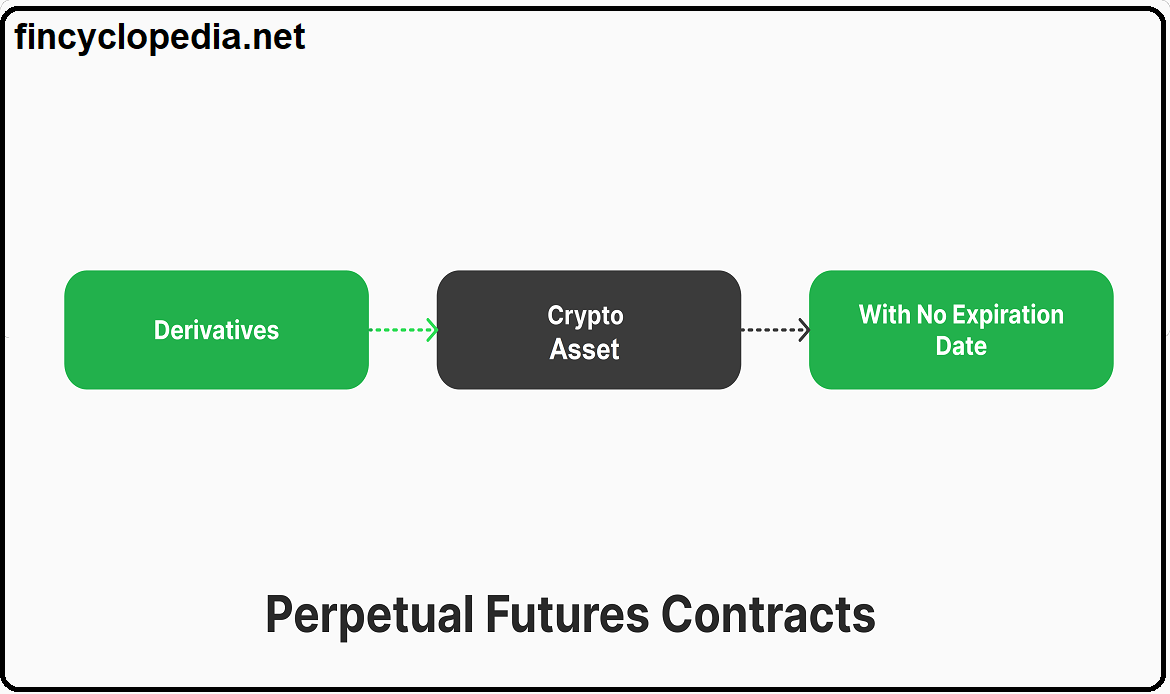The up-front price a put option buyer (long) pays to a put option seller (short) against the right to exercise on some underlying asset such as a stock, bond, or commodity or some underlying variable such as interest rate, inflation rate, profit rate, etc. The put premium is a cost to the option buyer and a gain to the option seller, and it helps determine the final outcome of the transaction. In other words, if the market price of an underlying stock is lower than the sum of the strike price and the premium of a put option, then it would be favorable for the buyer to exercise. Otherwise, the option would expire worthless, with the buyer’s loss limited to the premium paid.
The put premium is the maximum loss a put buyer can incur, while it represents the maximum gain a put seller can receive. From the perspective of a put buyer, the premium is known as a long put premium, whereas it is referred to as a short put premium from a put seller’s





